When James Kealey built a boat so his sons could learn about perseverance and independence, he gave them something priceless: immersion in an activity at so young an age that they won’t remember learning what to do on a boat, they will just know how to do it. As children, we learn without questioning, and if we’re lucky enough to learn in an unthreatening environment that is patient and encouraging, we learn without inhibition or fear of getting it wrong.By the time I was 16, I had no memory of a time when I couldn’t sail; it was just a part of life, like walking or talking. I could remember learning some of the finer details, but that was about mastering anticipation—What was the wind going to do? Where was that other boat going to go? It was never about where I should be sitting or how my sails should be set, those were things that just happened.Then I started teaching at the local sailing school, and for the first time not only did I have to think about the process of moving a boat under sail, I had to explain it. I was at a loss…how do you explain something innate? Fortunately, my students were young, and as is the way with small children, they didn’t seek explanation. When I showed them what to do—push the tiller this way, and the boat will turn that way—they didn’t ask why, they simply followed my lead. A few years later, I graduated to adult students and was faced with a new reality. These learners wanted to understand the whys and the hows.
Join The Conversation
We welcome your comments about this article. To include a photo with your remarks, click Choose File below the Comment box.

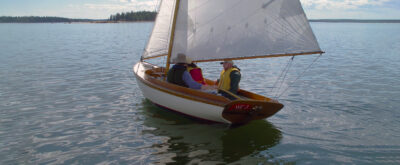


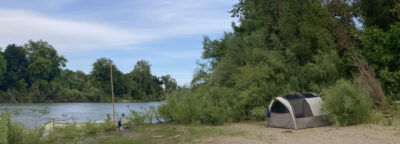

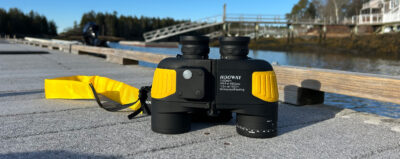

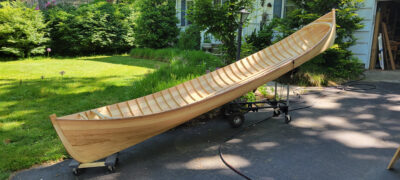
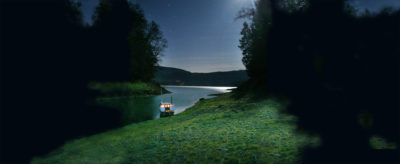
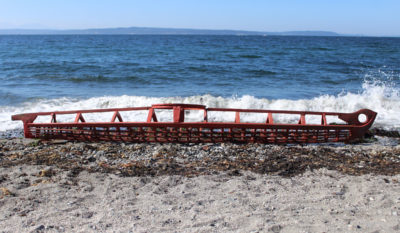
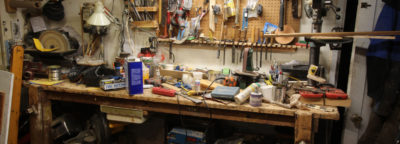

I built an 18 ft San Francisco Pelican. Some carpentry experience years ago. Sailed it a few times, had to sell it. It was a great experience. I may one day build another boat, maybe a 12 ft Onnagh, something from a kit. Kalani on Maui
Wow Jenny!
Yes, it was a long time but.
When I started building. I did not think of the steps; they were incidental. All I could see was the finished boat in my mind! So time does not exist while you are building your dream boat. Each step leads into the next one at a time, until you are looking at your dream boat finished, its just like that. Yes, it is never too late!
I enjoyed your editorial! it was a pleasant surprise!
Kindest regards
Gary Carbocci